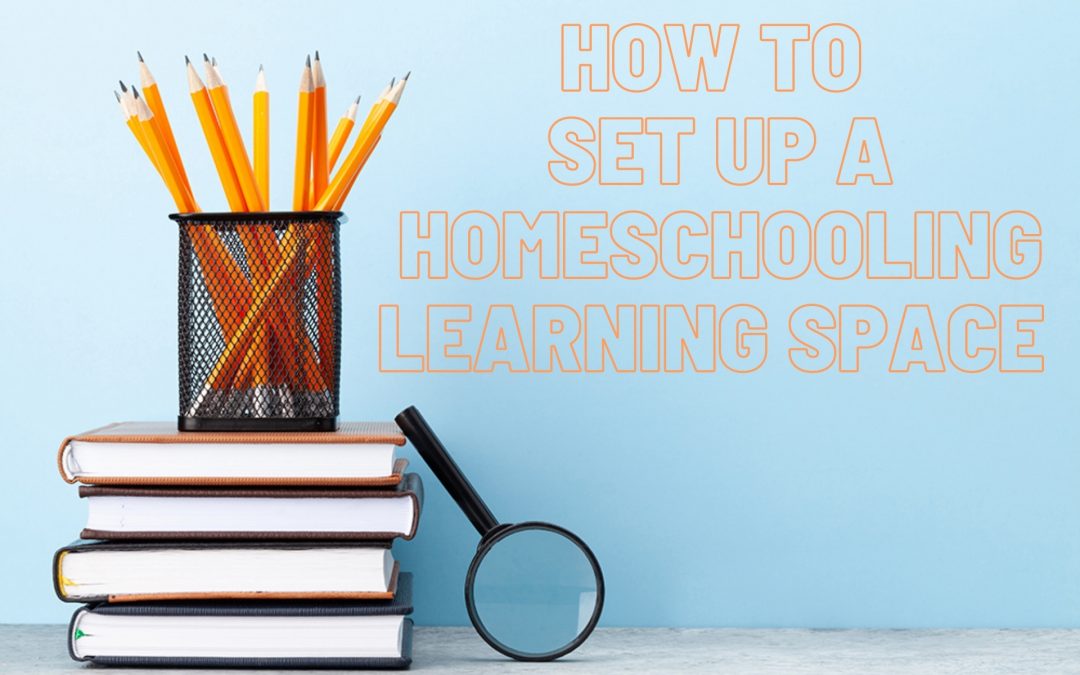Whether you’re a long-time homeschooler or doing it for the first time this year, setting up a homeschool learning space can make a big difference in your child’s productivity. Here are a few ideas for setting up your space.
1. Be creative
Your homeschool learning space doesn’t have to be in the office or look like a classroom if you don’t want it to. All you really need is a work area with a flat surface, good lighting, some storage space, and comfortable seating. An ideal location will be somewhere a parent or home teacher can easily access for questions when they are not actively involved in the student’s work. It is also best to keep this area out of your child’s bedroom to keep that space relaxing for them when they need to take a break.
Spend some time browsing the internet if you want ideas for decorating your space. It might be helpful to have a calendar or a to-do list on the wall to keep track of daily and weekly tasks. You might consider a reusable whiteboard where your child can take notes or work out problems. If your child is stressed about homeschool, plug in an essential oil diffuser or turn on relaxing piano music nearby to help relax them. Ultimately, design the space to fit the needs of you and your child.
2. Think about how your child learns.
How your child learns will affect how you design your homeschool learning space. If they are prone to moving around a lot, think about using a large exercise ball as a chair. If they need silence while they study and do their homework, make sure it’s in a location away from frequently used parts of the home like the kitchen and living room. If your child likes to take notes or doodle while listening to lectures, have notepads and pens nearby. You know your child better than anyone, so design a space that works best for them.
3. Don’t be limited to just the “classroom.”
Even though you want a designated homeschool learning space for the majority of your child’s work, don’t feel like they can’t learn or do schoolwork outside of it. Move science lessons into the kitchen to show them what happens when you mix baking soda and vinegar or teach history while watching a documentary in the living room as a family. World experiences and lifelong learning happen outside of a classroom, so it’s important to give them those experiences when you can. Plus, it will vary their routine and make school much more enjoyable.
HomeschoolFacts.com has a complete list of support groups to help support you in your homeschooling endeavors and connect with homeschoolers near you. You can search the list of support groups here: https://www.homeschoolfacts.com/homeschool-support-groups.html

